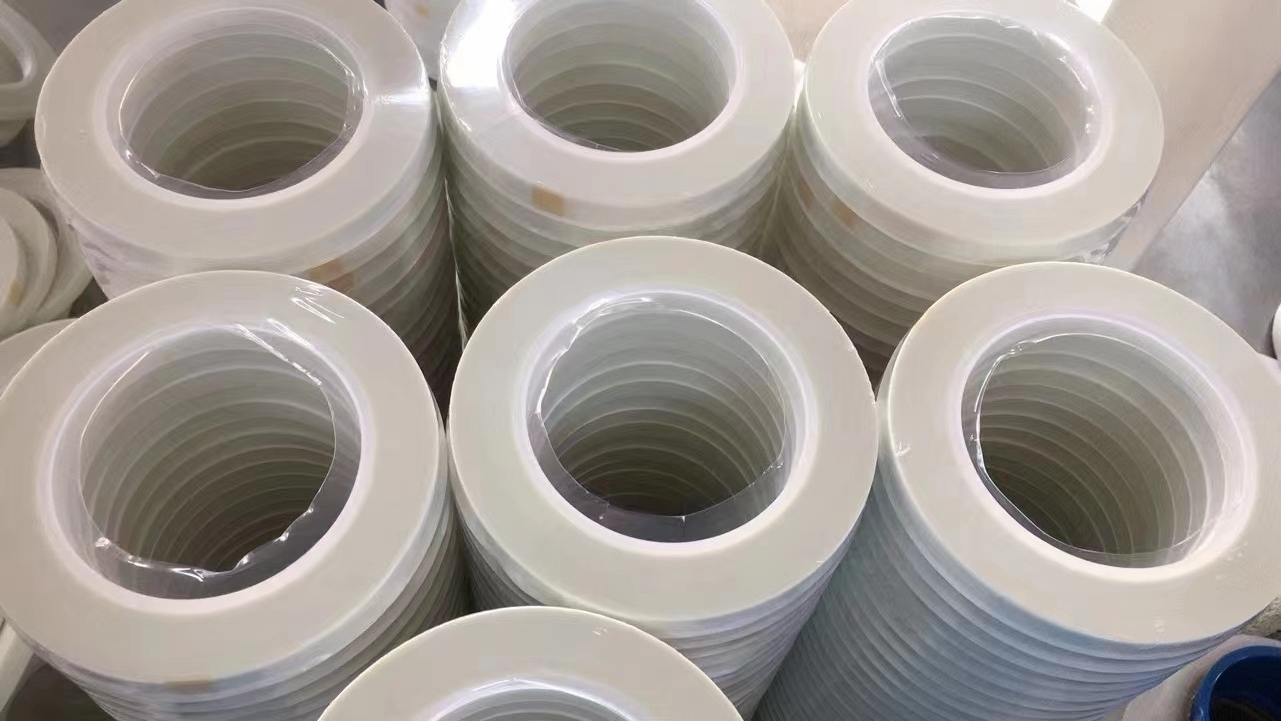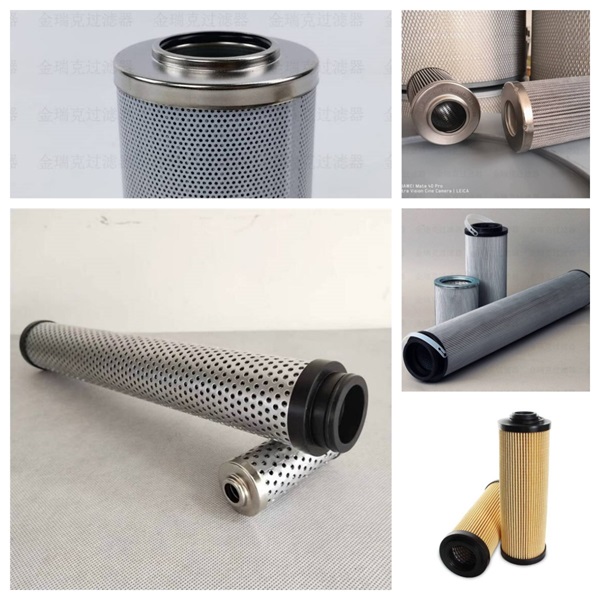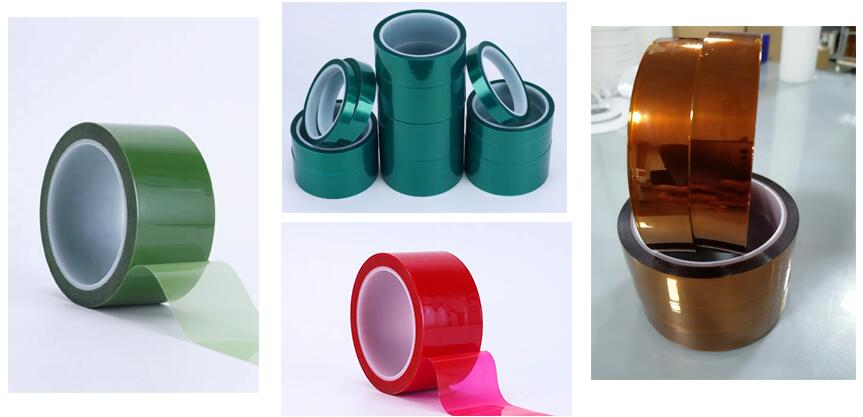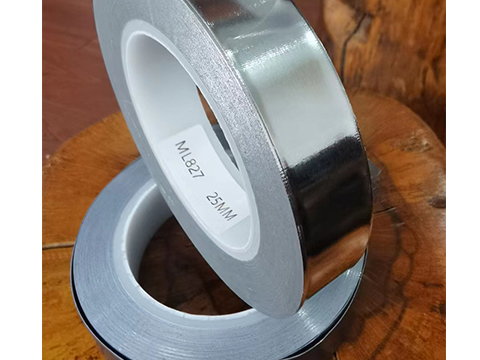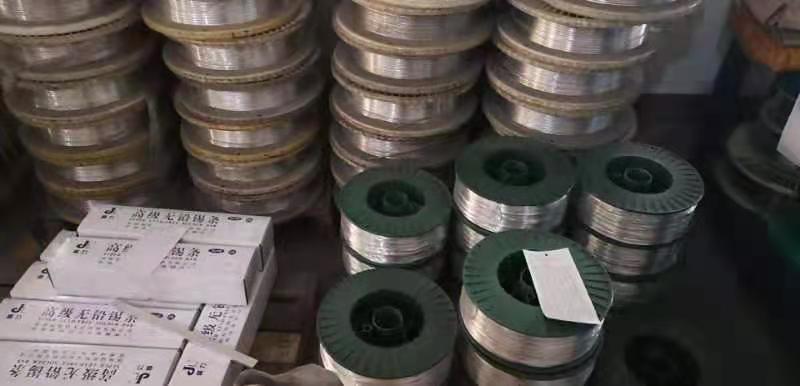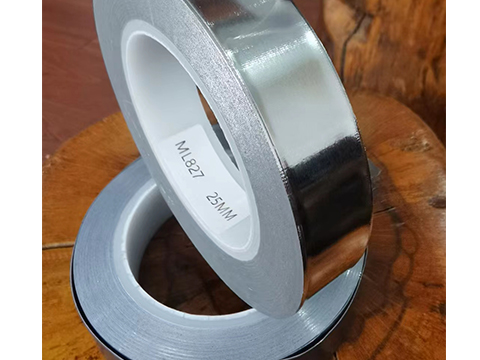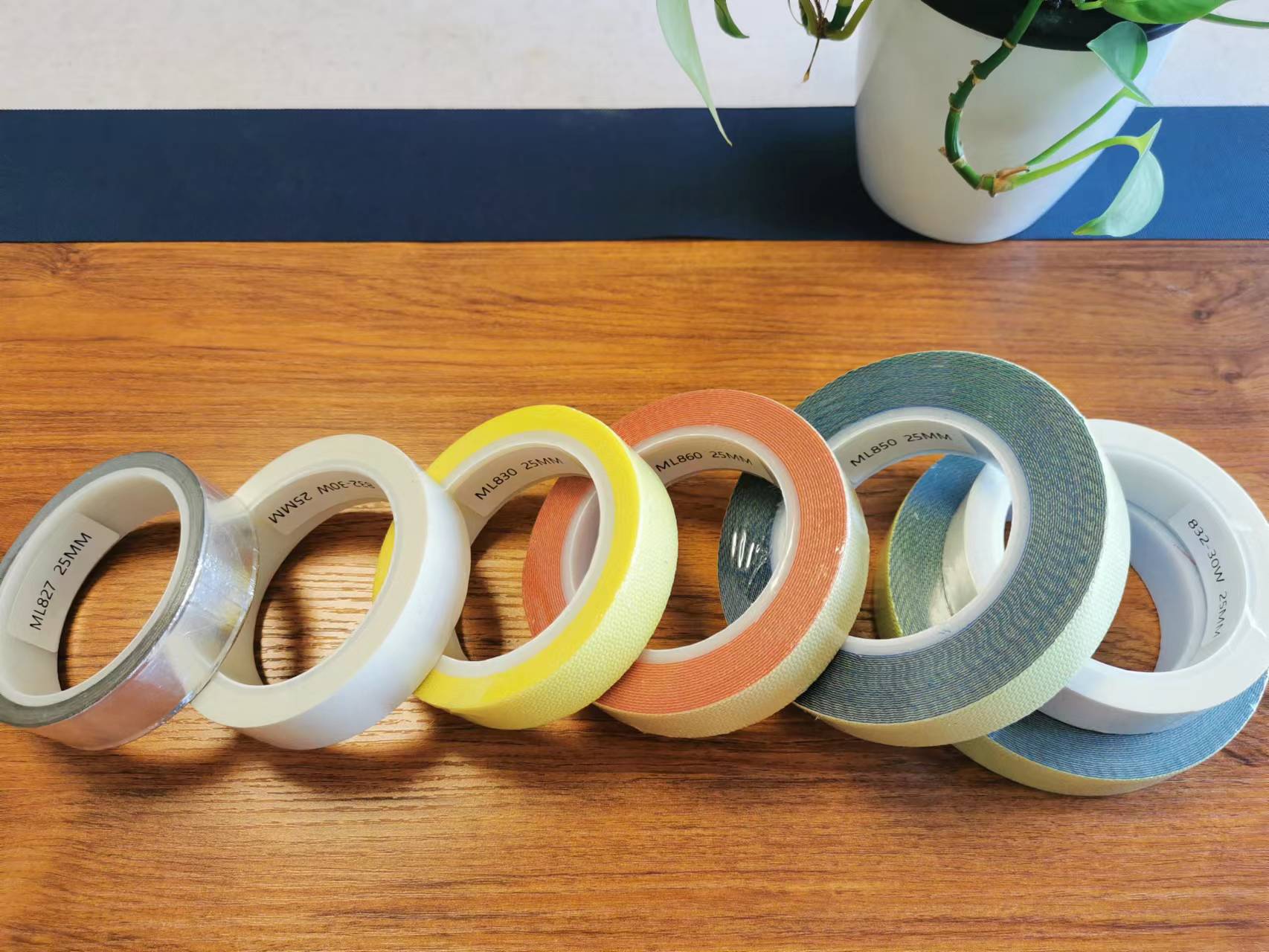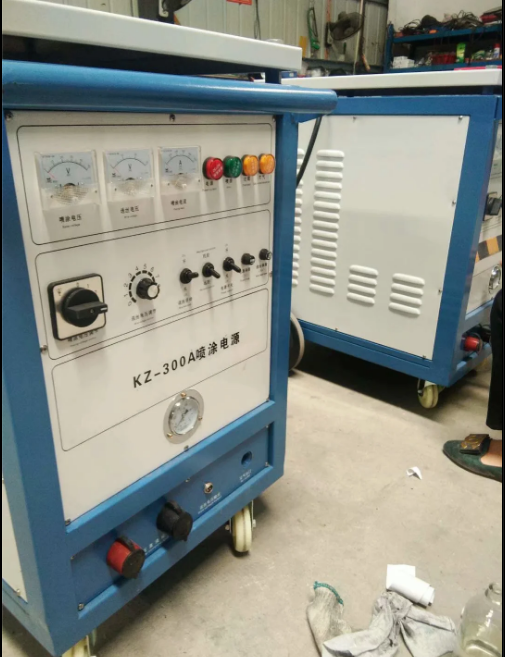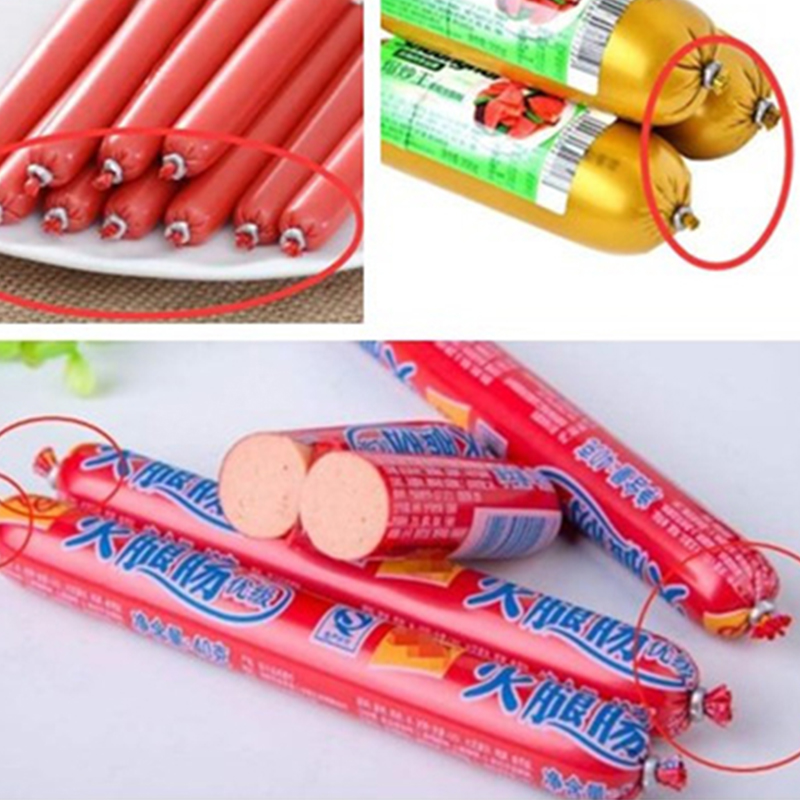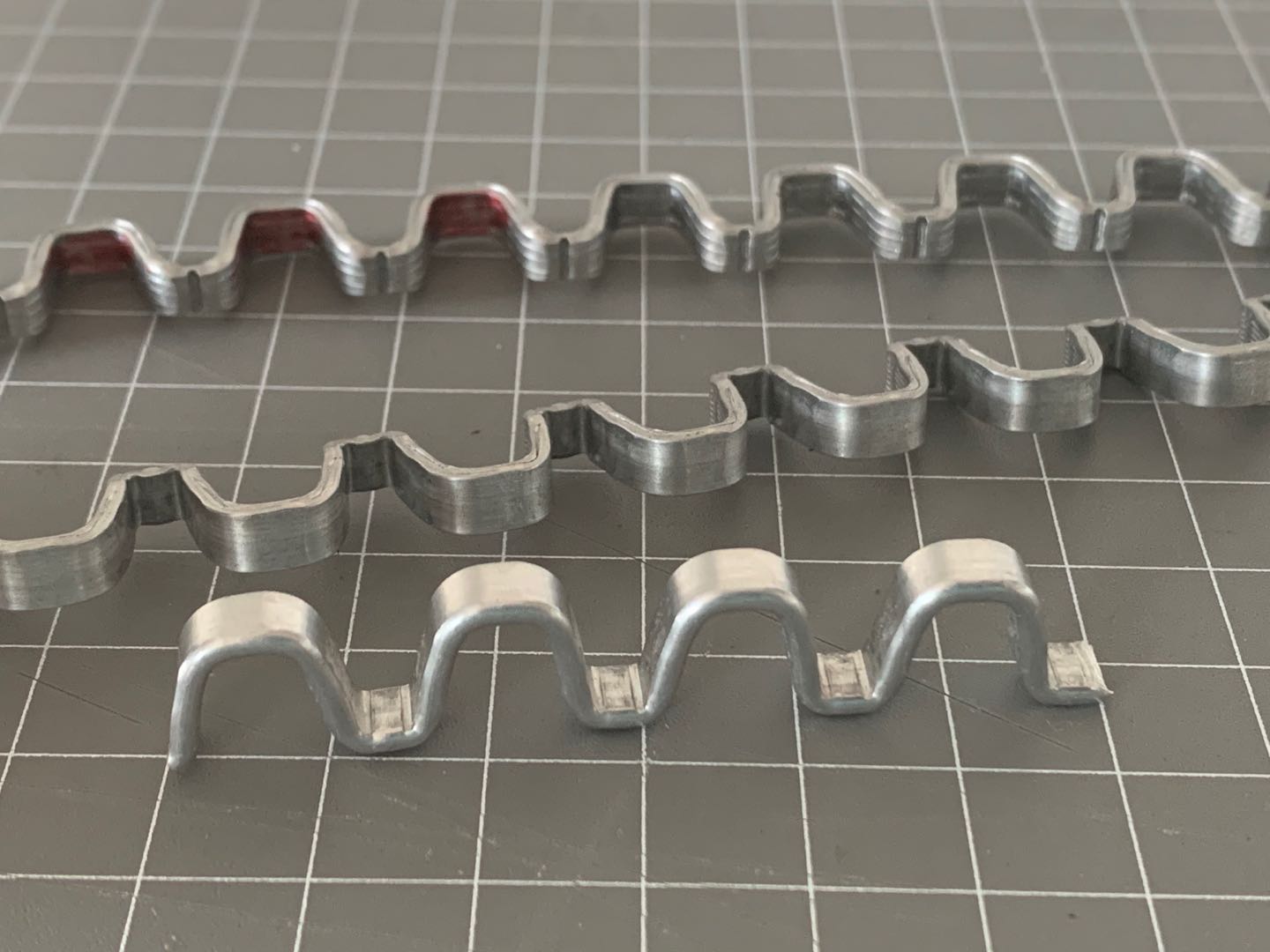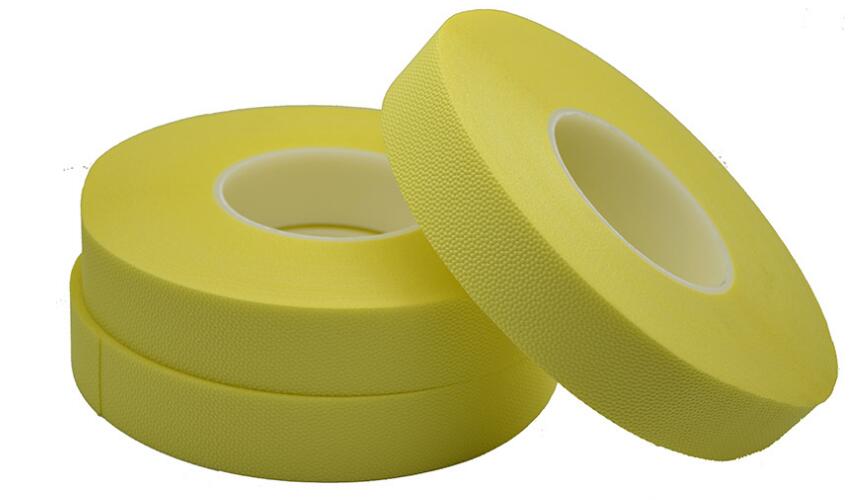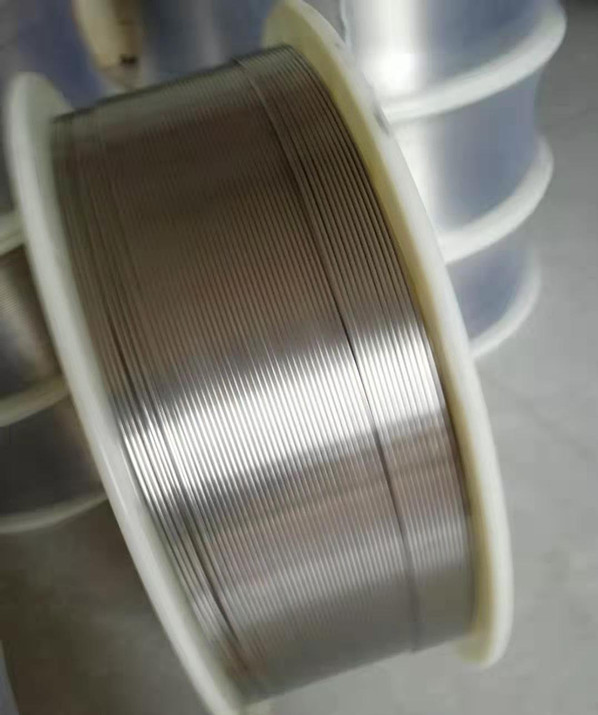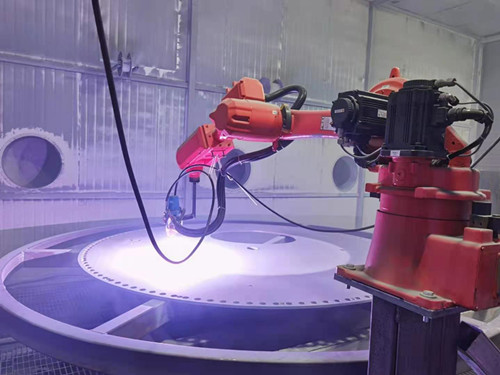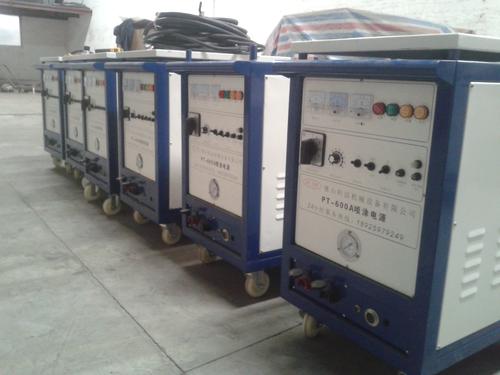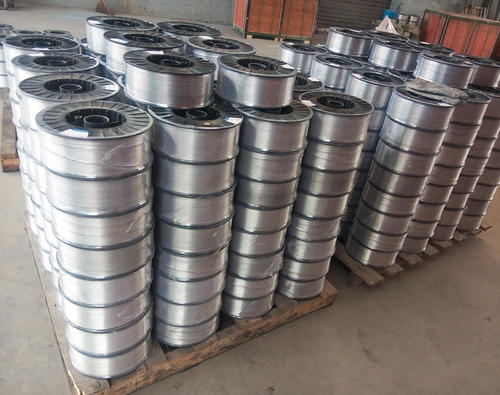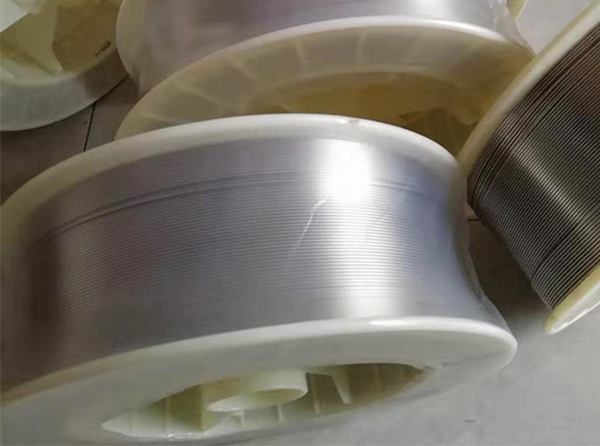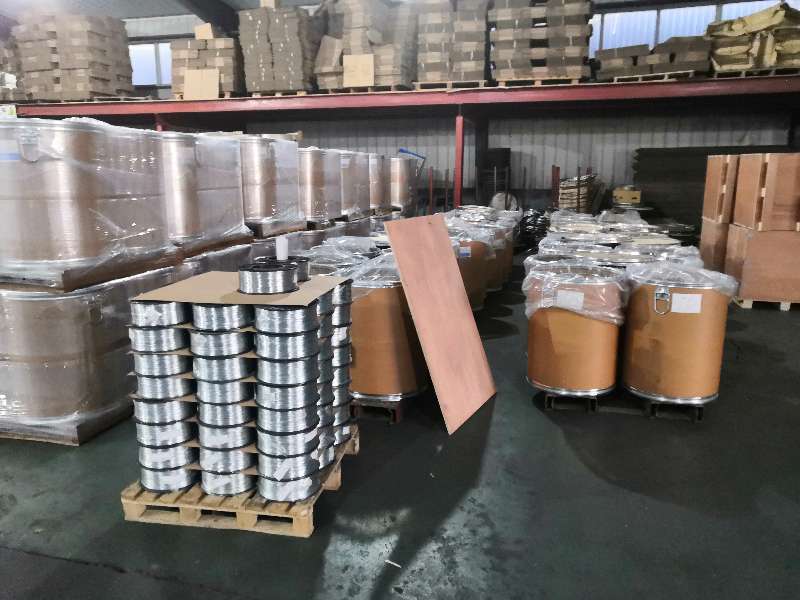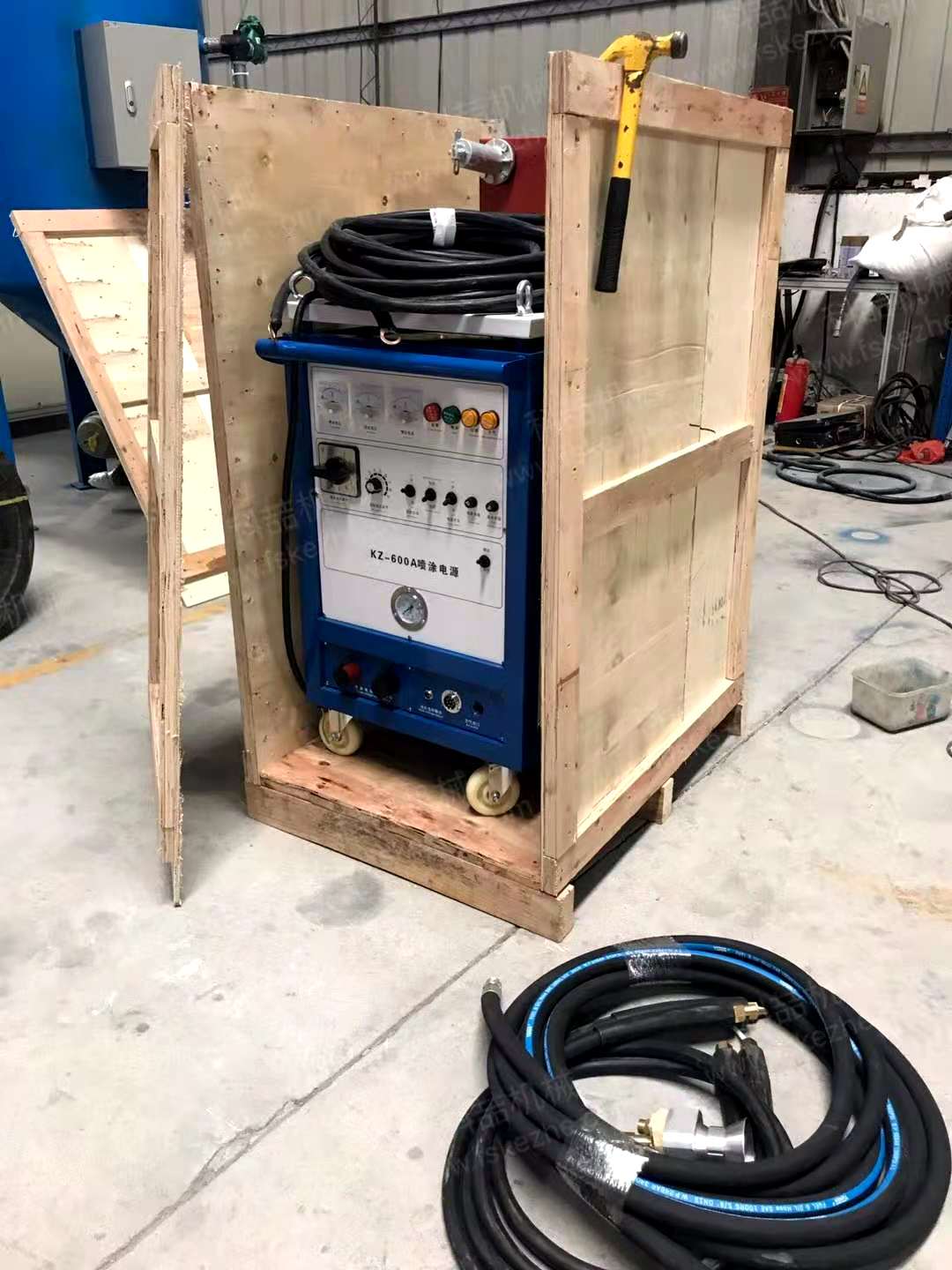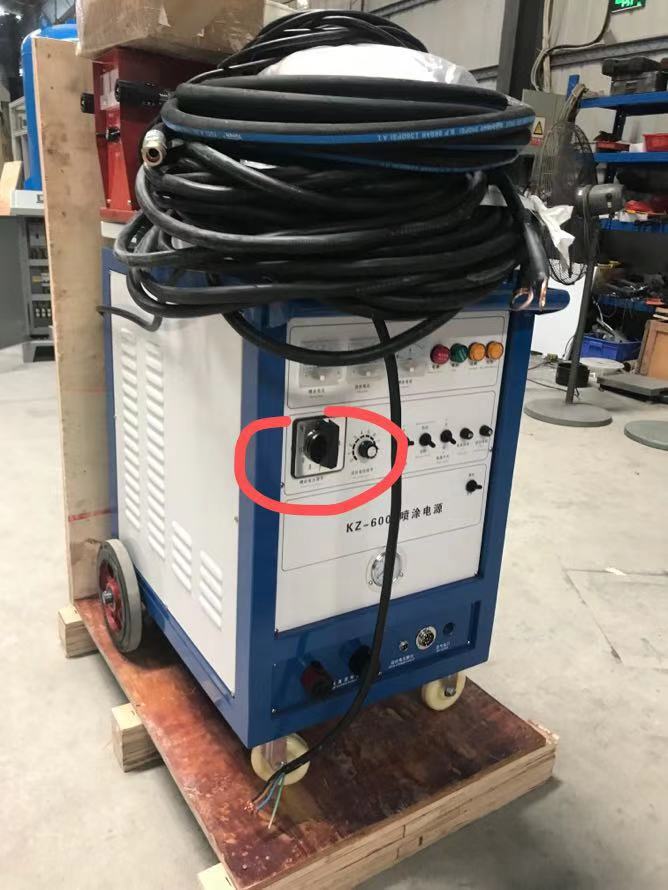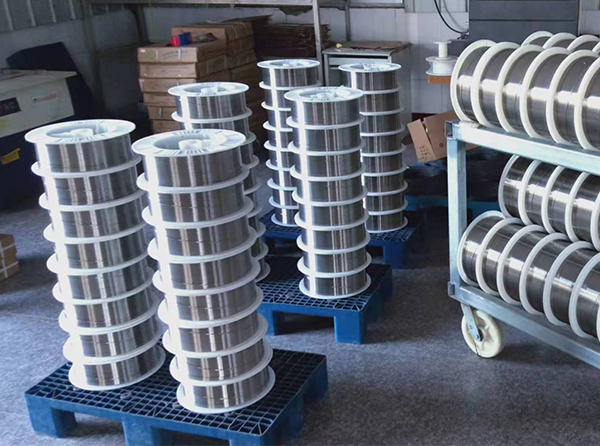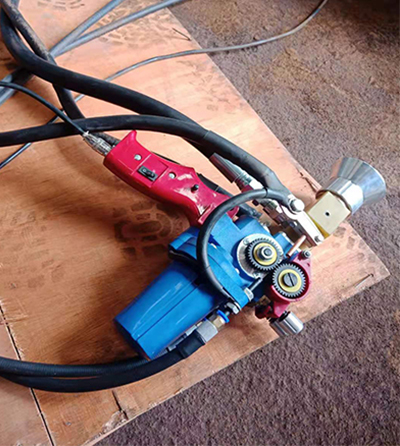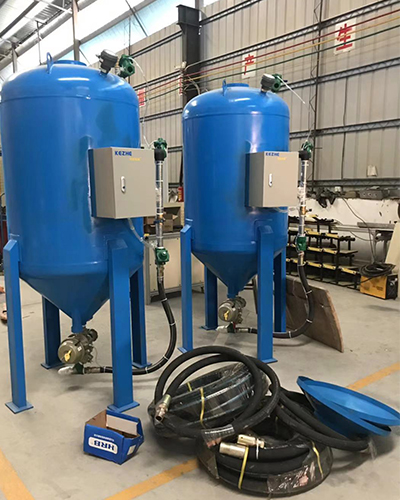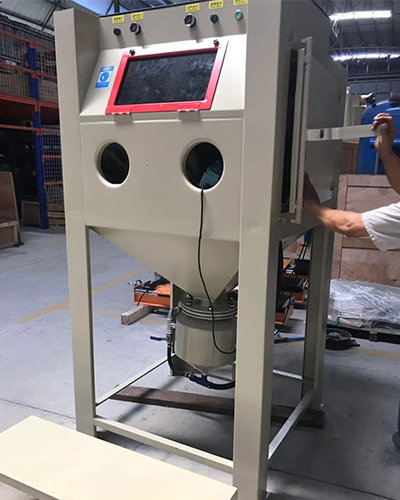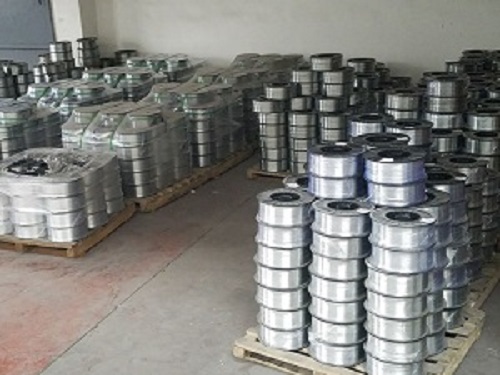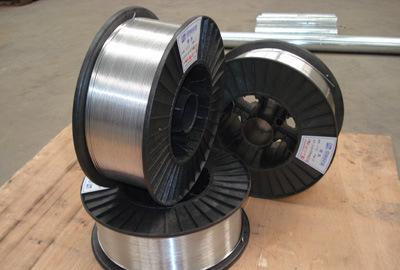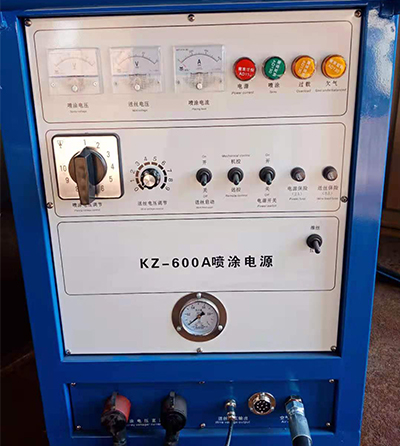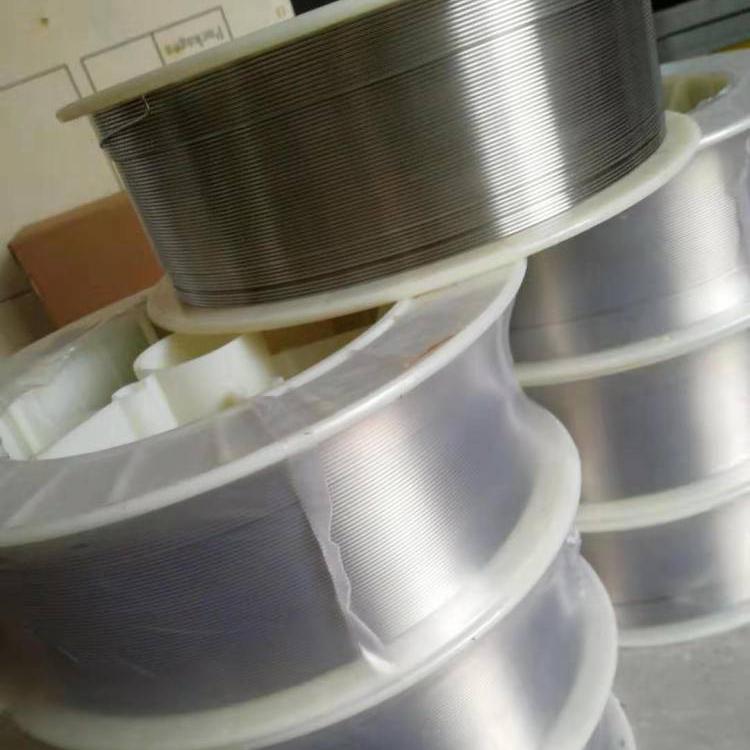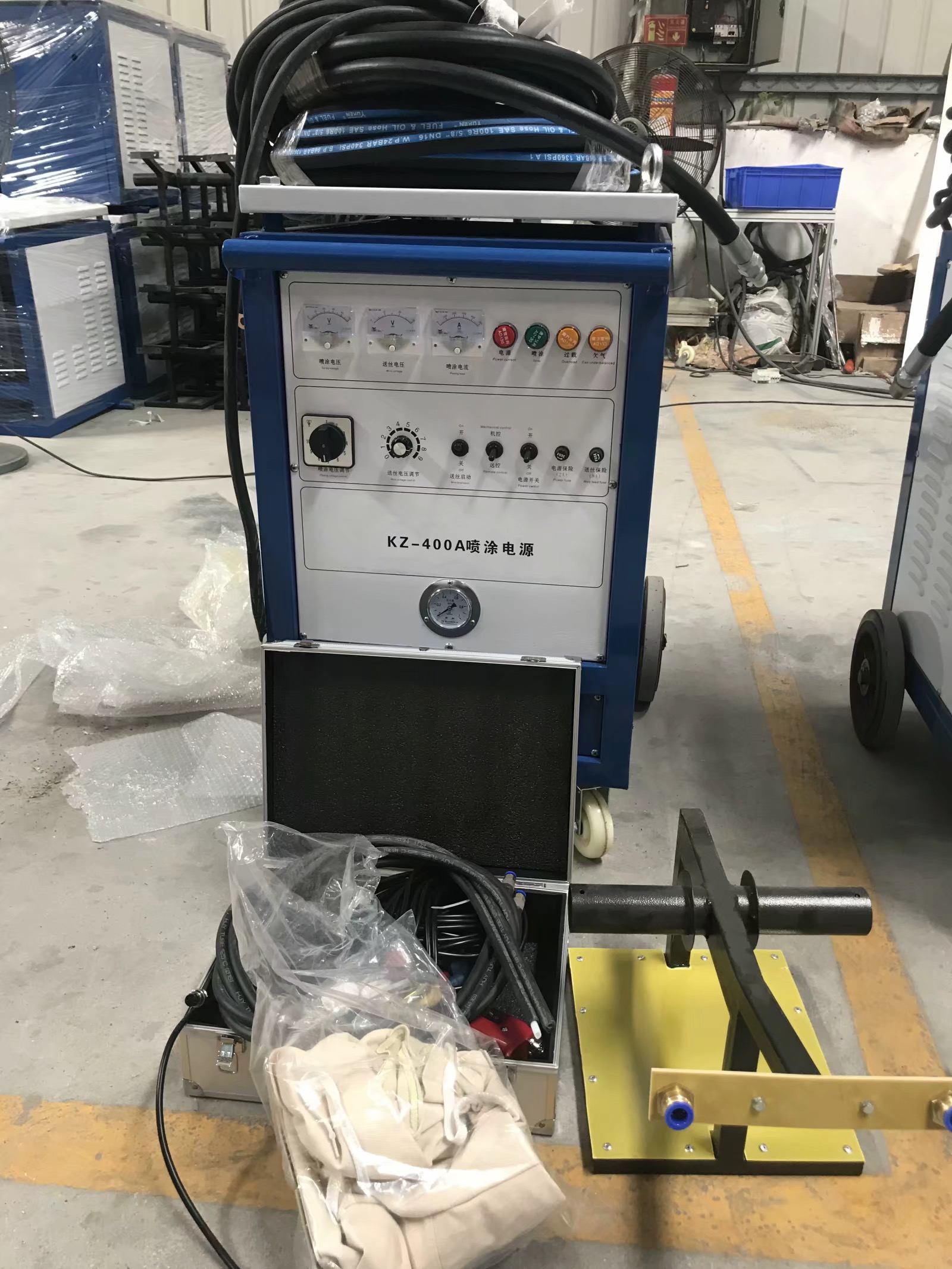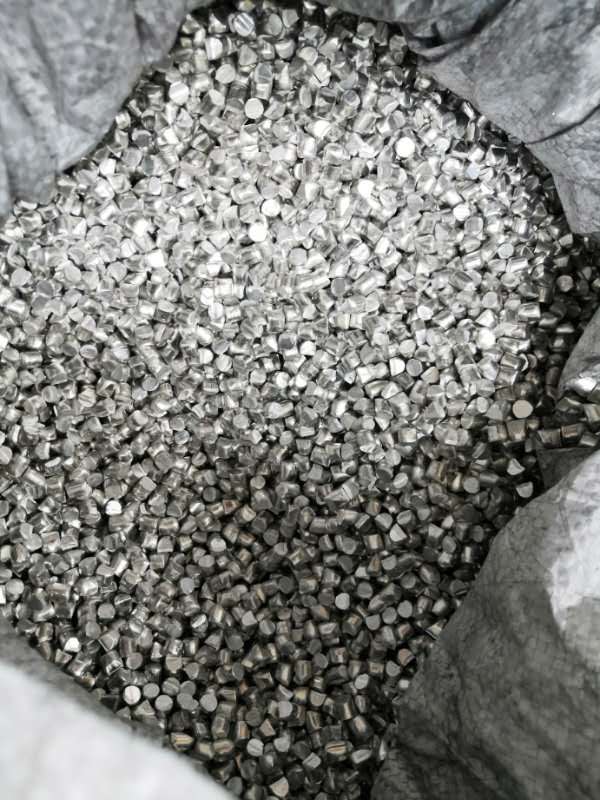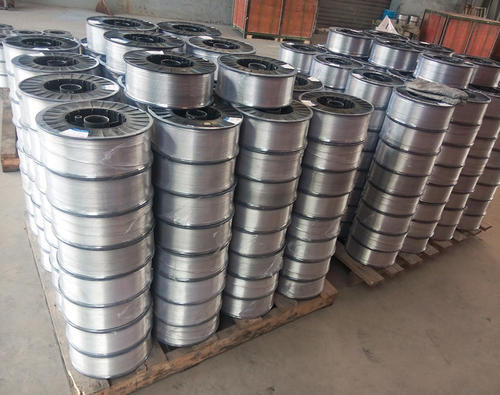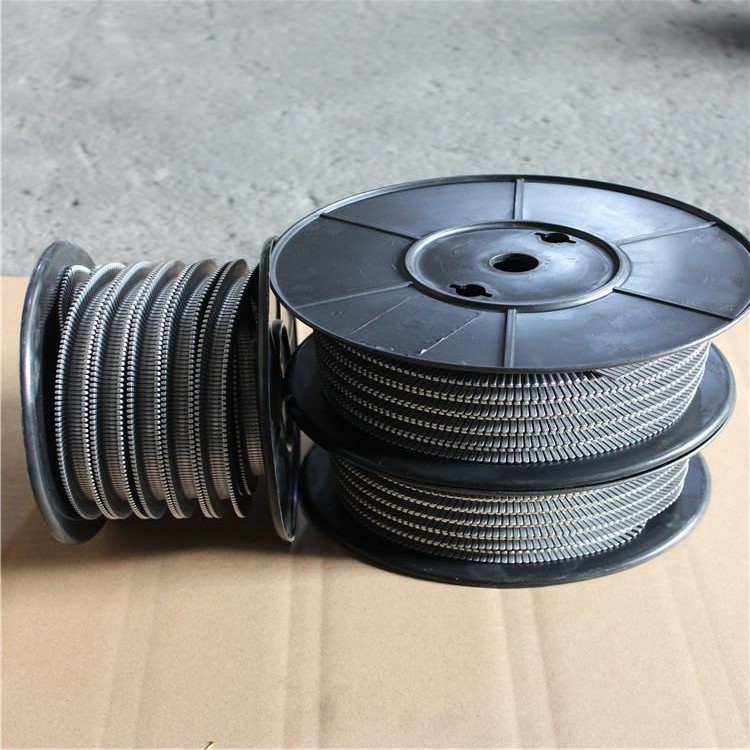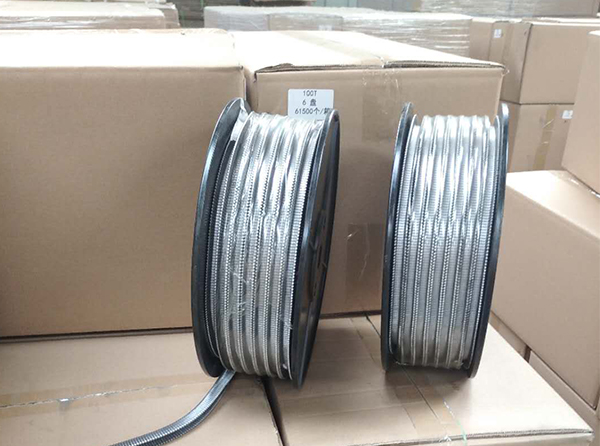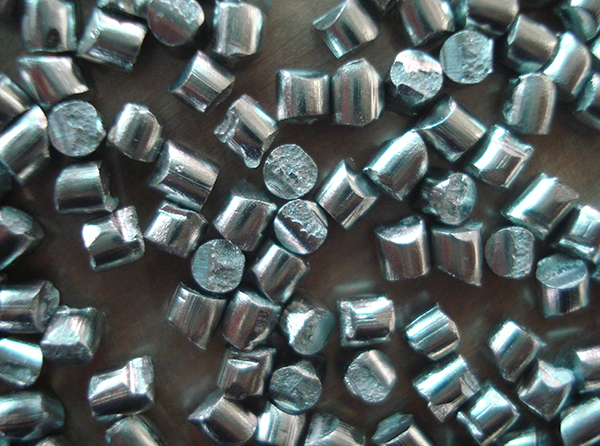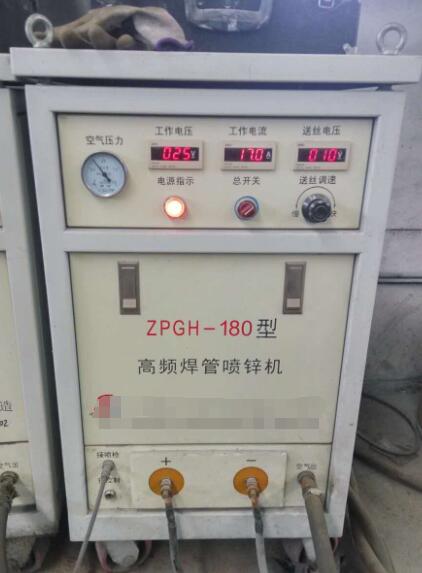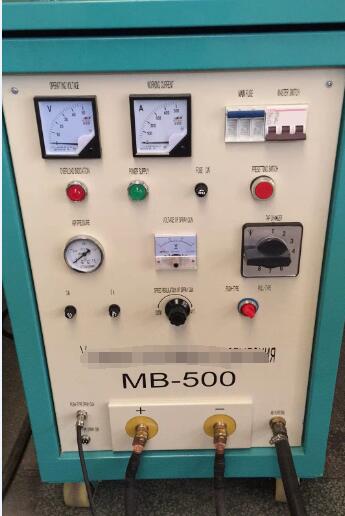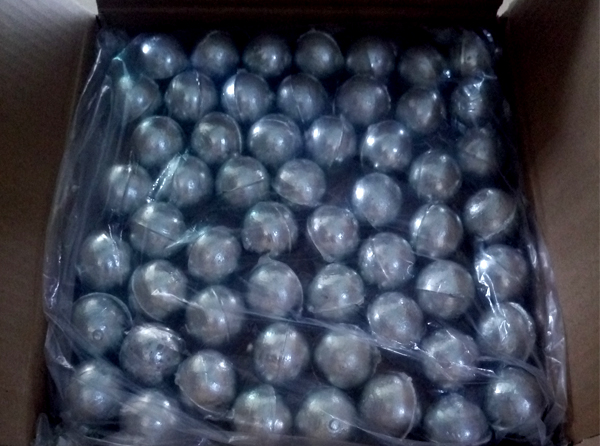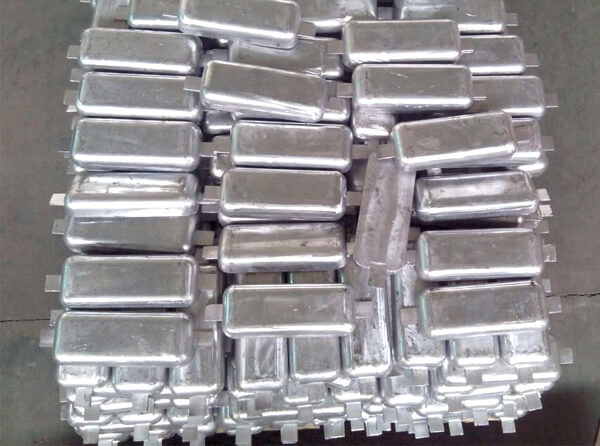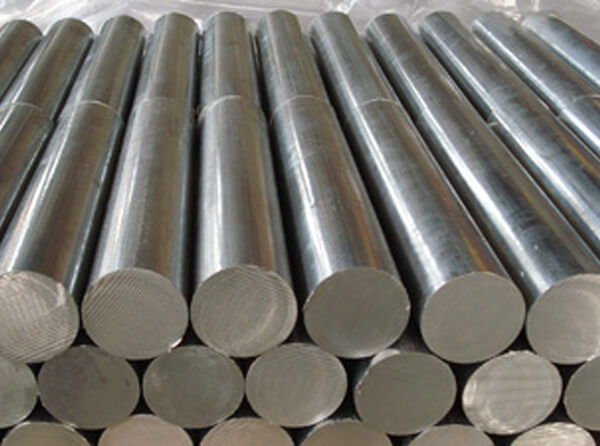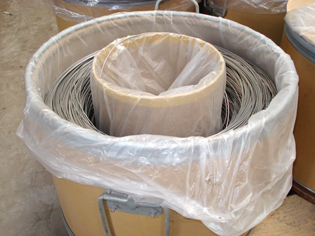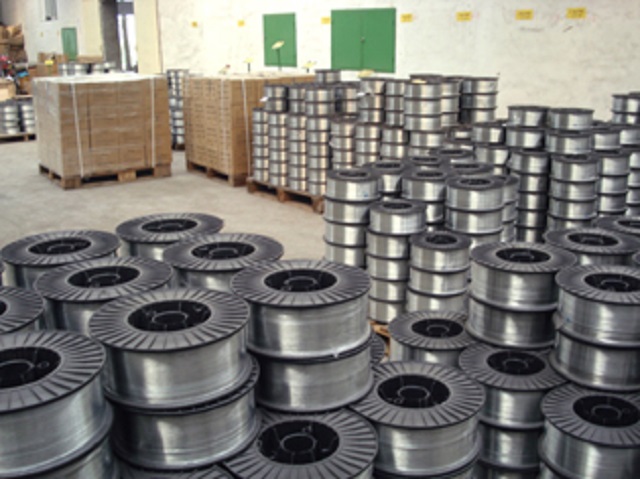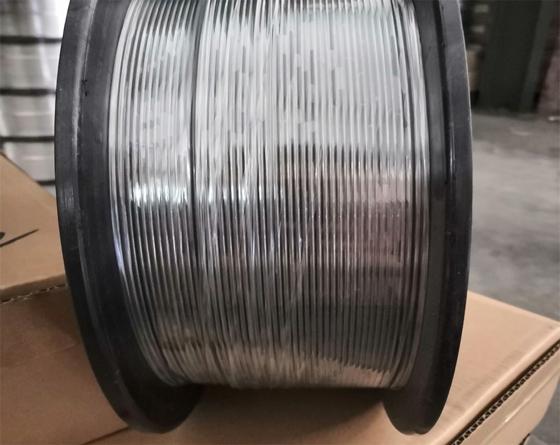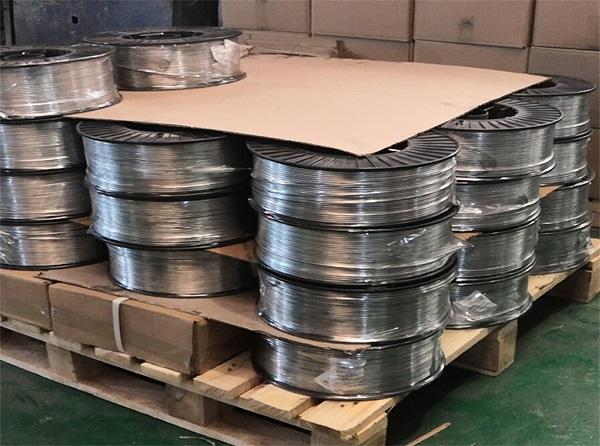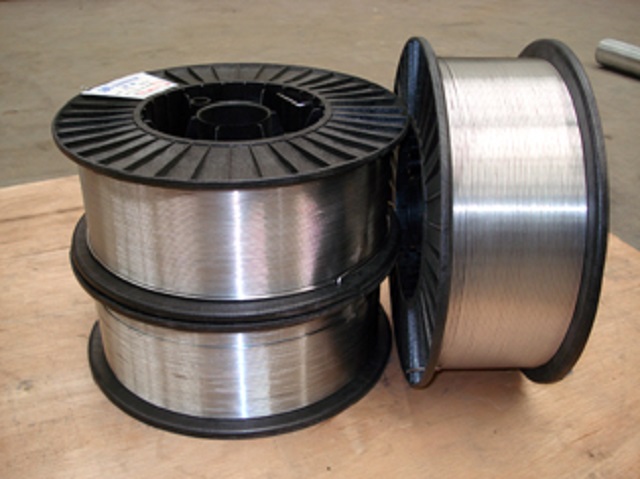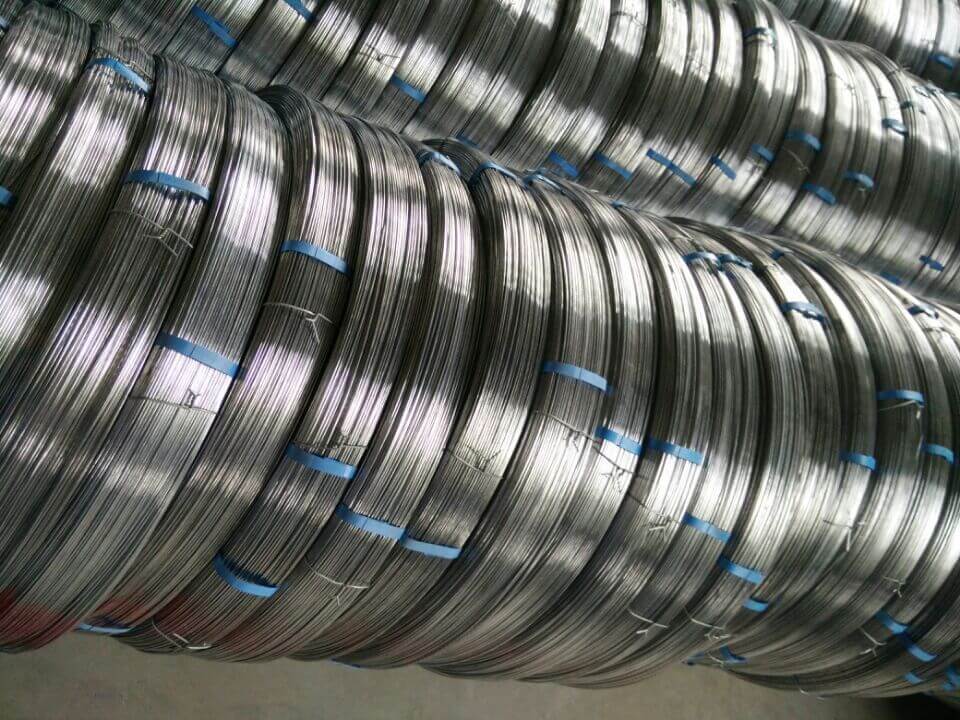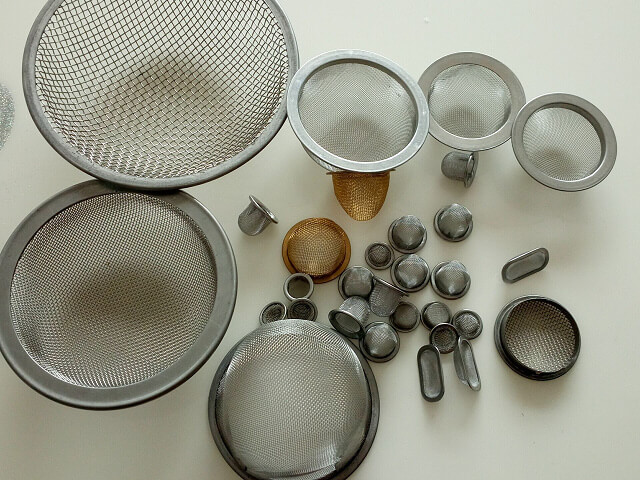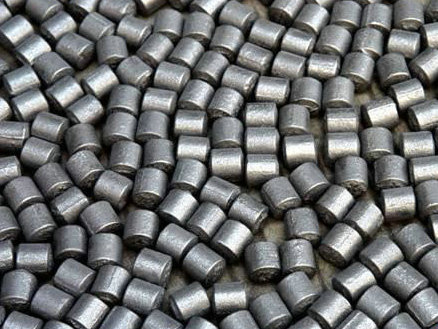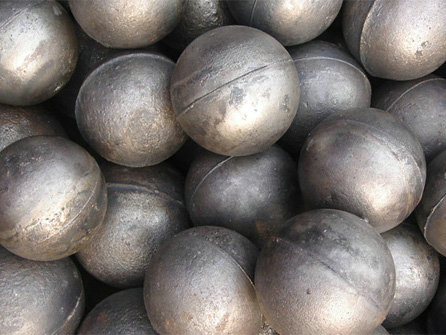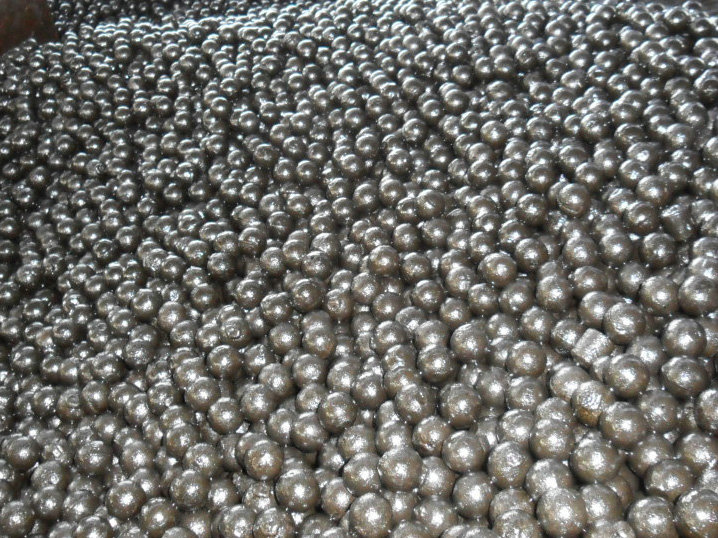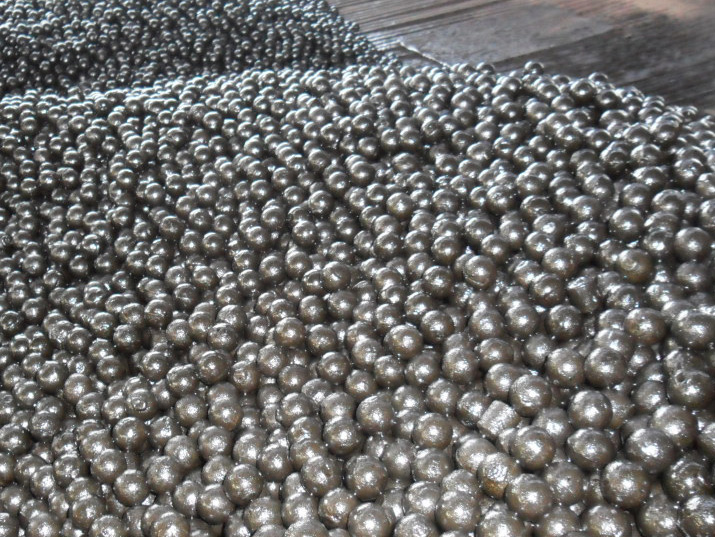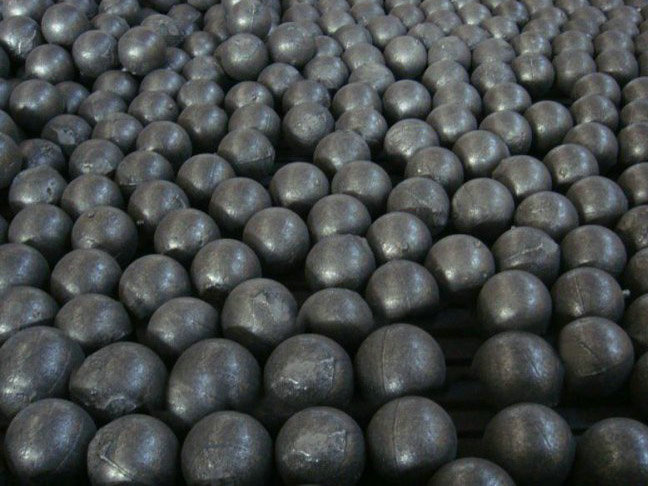We introduce some primary grinding ball chemical constituents and its
function and effect.

Chromium (Cr): Chromium is a carbide-forming element. One part of chromium
combined into carbide with carbon, the rest dissolved in matrix, thereby
enhancing its electrode potential, it is advantageous against corrosion. It may
occur M3C type carbide with small chromium content, reduce hardness and
toughness. If the Cr content is large, carbide increased significantly in
crystallization, the toughness will decrease. And because of decreased carbon
content of matrix, the matrix hardness is lowering, as well as the wear
resistance. However, some grinding ball manufacturers now have special
production and processing technology to solve this problem, the content of
chromium can be up to 30%.
Carbon (C): There is a limit for carbon content in high manganese steel
castings that higher carbon grinding ball can get stronger wear resistance.
Actually, when the carbon content is> 1.4%, lots of carbide dissolve out in
as cast condition. But the carbide is unable dissolved to austenite in water
toughening, interstitial solid solution carbides also reached saturation, so it
is not only harm to wear resistance but also reduces the material strength and
toughness, thus tends to breakage in service.
Manganese (Mn): It is an element of austenite, and it also plays a role on
carbides formation. High content manganese will enable structure to be
austenite, but austenite structure is not suitable for grinding ball. Because
austenite ball will cause a lot of disruption and peeling in both dry and wet
grinding. As manganese must be used in deoxidization and desulfurization, its
content can not be too high in use.
We are forged grinding ball manufacturer, we also can provide chrome grinding
balls.







